LOOPHOLES IN AT-HOME TREATMENTS
입력 2021.12.22 (15:12)
수정 2021.12.22 (16:45)
읽어주기 기능은 크롬기반의
브라우저에서만 사용하실 수 있습니다.
[Anchor Lead]
More than 30,000 COVID-19 patients are waiting at home to be hospitalized. In many cases they are left unsupervised because of the shortage of health workers. Some receive guidelines on how to manage their condition when their quarantine is about to be lifted.
[Pkg]
Kim Yeon-hee, a COVID-19 patient, began self isolation on Dec. 15. Patients receiving at-home treatment must have their symptoms checked daily, but even five days after the start of her quarantine she did not receive a single phone call from a public health center. She tried calling the local health center first, but they didn't answer.
[Soundbite] Kim Yeon-hee(COVID-19 Patient) : "The public health center did not call me. I was very ill for about 3 days, but I had no one to help me. I couldn't even reach them."
Two days before Kim's quarantine was to be lifted, she finally received a call from the local health center, which also sent her supplies for at-home treatment.
[Soundbite] Kim Yeon-hee(COVID-19 Patient) : "I spoke to a doctor by phone only once on Dec. 20. That's when they sent me a thermometer, an oximeter and medication. But it was too late."
Park Hyun-im, who is in her late 60s, started her self isolation on Dec. 12. She also received neither phone calls nor medical supplies from authorities. When she finally got in touch with a public health center a week later, she was told to wait.
[Soundbite] Park Hyun-im(COVID-19 Patient) : "I couldn't reach them or go outside to get help with my symptoms. I asked them if they could take me to a hospital. They told me to wait."
The local government in charge of at-home treatment says this situation is inevitable because of the shortage of workers. Health authorities claim the situation is under control.
[Soundbite] Chung Tae-kil(Central Disasters Management HQs) : "At-home treatment is going well. We are expanding the number of medical institutions that can monitor patients and examine them remotely."
Some 31,000 COVID-19 patients are receiving at-home treatment. That's a surge of more than 5,000 in just a week. The surge is expected to continue until the tightened restrictions start producing results. The government has pledged to dispatch some 2,000 workers to public health centers nationwide to take care of patients being treated at home.
More than 30,000 COVID-19 patients are waiting at home to be hospitalized. In many cases they are left unsupervised because of the shortage of health workers. Some receive guidelines on how to manage their condition when their quarantine is about to be lifted.
[Pkg]
Kim Yeon-hee, a COVID-19 patient, began self isolation on Dec. 15. Patients receiving at-home treatment must have their symptoms checked daily, but even five days after the start of her quarantine she did not receive a single phone call from a public health center. She tried calling the local health center first, but they didn't answer.
[Soundbite] Kim Yeon-hee(COVID-19 Patient) : "The public health center did not call me. I was very ill for about 3 days, but I had no one to help me. I couldn't even reach them."
Two days before Kim's quarantine was to be lifted, she finally received a call from the local health center, which also sent her supplies for at-home treatment.
[Soundbite] Kim Yeon-hee(COVID-19 Patient) : "I spoke to a doctor by phone only once on Dec. 20. That's when they sent me a thermometer, an oximeter and medication. But it was too late."
Park Hyun-im, who is in her late 60s, started her self isolation on Dec. 12. She also received neither phone calls nor medical supplies from authorities. When she finally got in touch with a public health center a week later, she was told to wait.
[Soundbite] Park Hyun-im(COVID-19 Patient) : "I couldn't reach them or go outside to get help with my symptoms. I asked them if they could take me to a hospital. They told me to wait."
The local government in charge of at-home treatment says this situation is inevitable because of the shortage of workers. Health authorities claim the situation is under control.
[Soundbite] Chung Tae-kil(Central Disasters Management HQs) : "At-home treatment is going well. We are expanding the number of medical institutions that can monitor patients and examine them remotely."
Some 31,000 COVID-19 patients are receiving at-home treatment. That's a surge of more than 5,000 in just a week. The surge is expected to continue until the tightened restrictions start producing results. The government has pledged to dispatch some 2,000 workers to public health centers nationwide to take care of patients being treated at home.
■ 제보하기
▷ 카카오톡 : 'KBS제보' 검색, 채널 추가
▷ 전화 : 02-781-1234, 4444
▷ 이메일 : kbs1234@kbs.co.kr
▷ 유튜브, 네이버, 카카오에서도 KBS뉴스를 구독해주세요!
- LOOPHOLES IN AT-HOME TREATMENTS
-
- 입력 2021-12-22 15:12:30
- 수정2021-12-22 16:45:04
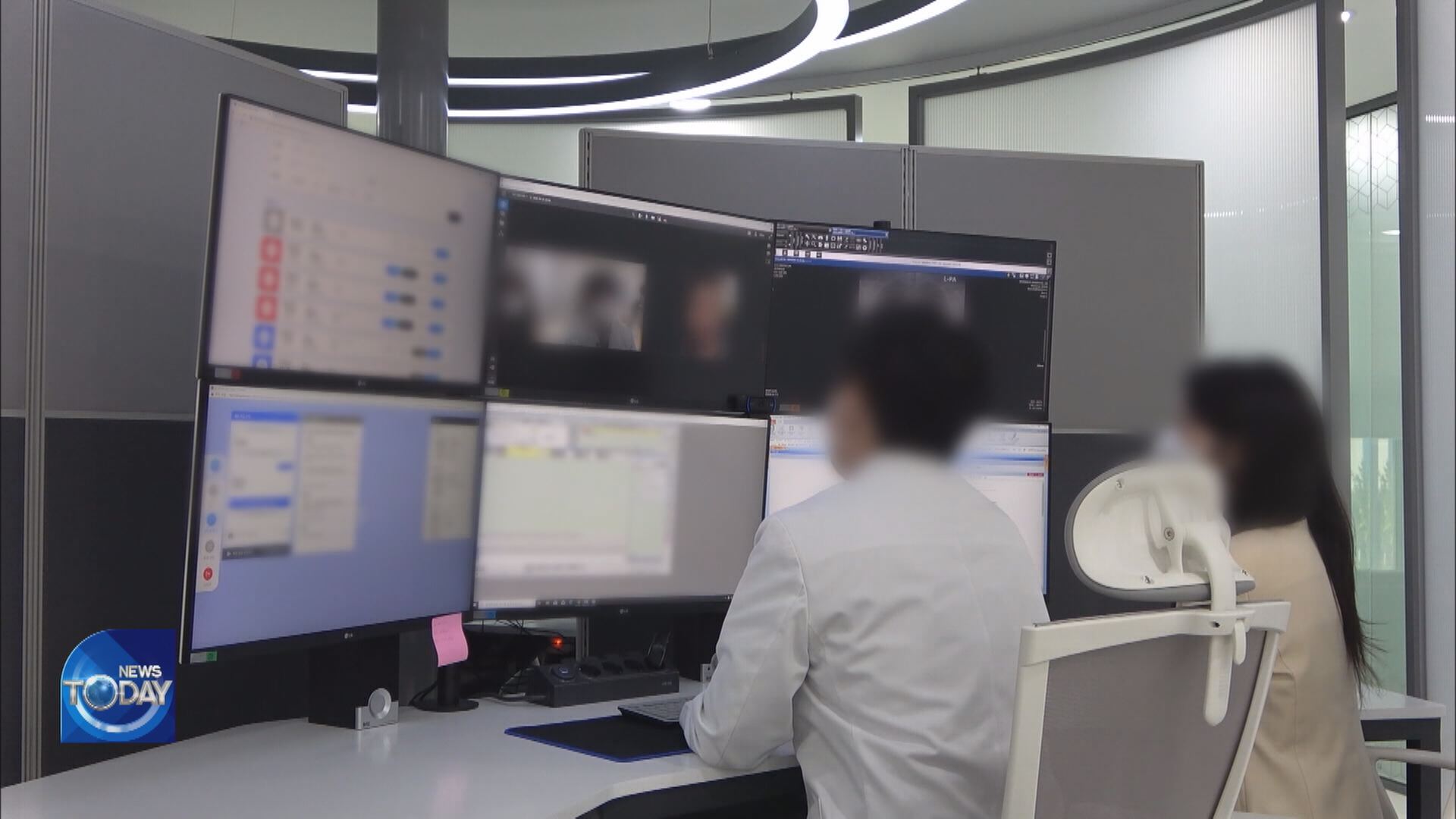
[Anchor Lead]
More than 30,000 COVID-19 patients are waiting at home to be hospitalized. In many cases they are left unsupervised because of the shortage of health workers. Some receive guidelines on how to manage their condition when their quarantine is about to be lifted.
[Pkg]
Kim Yeon-hee, a COVID-19 patient, began self isolation on Dec. 15. Patients receiving at-home treatment must have their symptoms checked daily, but even five days after the start of her quarantine she did not receive a single phone call from a public health center. She tried calling the local health center first, but they didn't answer.
[Soundbite] Kim Yeon-hee(COVID-19 Patient) : "The public health center did not call me. I was very ill for about 3 days, but I had no one to help me. I couldn't even reach them."
Two days before Kim's quarantine was to be lifted, she finally received a call from the local health center, which also sent her supplies for at-home treatment.
[Soundbite] Kim Yeon-hee(COVID-19 Patient) : "I spoke to a doctor by phone only once on Dec. 20. That's when they sent me a thermometer, an oximeter and medication. But it was too late."
Park Hyun-im, who is in her late 60s, started her self isolation on Dec. 12. She also received neither phone calls nor medical supplies from authorities. When she finally got in touch with a public health center a week later, she was told to wait.
[Soundbite] Park Hyun-im(COVID-19 Patient) : "I couldn't reach them or go outside to get help with my symptoms. I asked them if they could take me to a hospital. They told me to wait."
The local government in charge of at-home treatment says this situation is inevitable because of the shortage of workers. Health authorities claim the situation is under control.
[Soundbite] Chung Tae-kil(Central Disasters Management HQs) : "At-home treatment is going well. We are expanding the number of medical institutions that can monitor patients and examine them remotely."
Some 31,000 COVID-19 patients are receiving at-home treatment. That's a surge of more than 5,000 in just a week. The surge is expected to continue until the tightened restrictions start producing results. The government has pledged to dispatch some 2,000 workers to public health centers nationwide to take care of patients being treated at home.
More than 30,000 COVID-19 patients are waiting at home to be hospitalized. In many cases they are left unsupervised because of the shortage of health workers. Some receive guidelines on how to manage their condition when their quarantine is about to be lifted.
[Pkg]
Kim Yeon-hee, a COVID-19 patient, began self isolation on Dec. 15. Patients receiving at-home treatment must have their symptoms checked daily, but even five days after the start of her quarantine she did not receive a single phone call from a public health center. She tried calling the local health center first, but they didn't answer.
[Soundbite] Kim Yeon-hee(COVID-19 Patient) : "The public health center did not call me. I was very ill for about 3 days, but I had no one to help me. I couldn't even reach them."
Two days before Kim's quarantine was to be lifted, she finally received a call from the local health center, which also sent her supplies for at-home treatment.
[Soundbite] Kim Yeon-hee(COVID-19 Patient) : "I spoke to a doctor by phone only once on Dec. 20. That's when they sent me a thermometer, an oximeter and medication. But it was too late."
Park Hyun-im, who is in her late 60s, started her self isolation on Dec. 12. She also received neither phone calls nor medical supplies from authorities. When she finally got in touch with a public health center a week later, she was told to wait.
[Soundbite] Park Hyun-im(COVID-19 Patient) : "I couldn't reach them or go outside to get help with my symptoms. I asked them if they could take me to a hospital. They told me to wait."
The local government in charge of at-home treatment says this situation is inevitable because of the shortage of workers. Health authorities claim the situation is under control.
[Soundbite] Chung Tae-kil(Central Disasters Management HQs) : "At-home treatment is going well. We are expanding the number of medical institutions that can monitor patients and examine them remotely."
Some 31,000 COVID-19 patients are receiving at-home treatment. That's a surge of more than 5,000 in just a week. The surge is expected to continue until the tightened restrictions start producing results. The government has pledged to dispatch some 2,000 workers to public health centers nationwide to take care of patients being treated at home.
이 기사가 좋으셨다면
-
좋아요
0
-
응원해요
0
-
후속 원해요
0










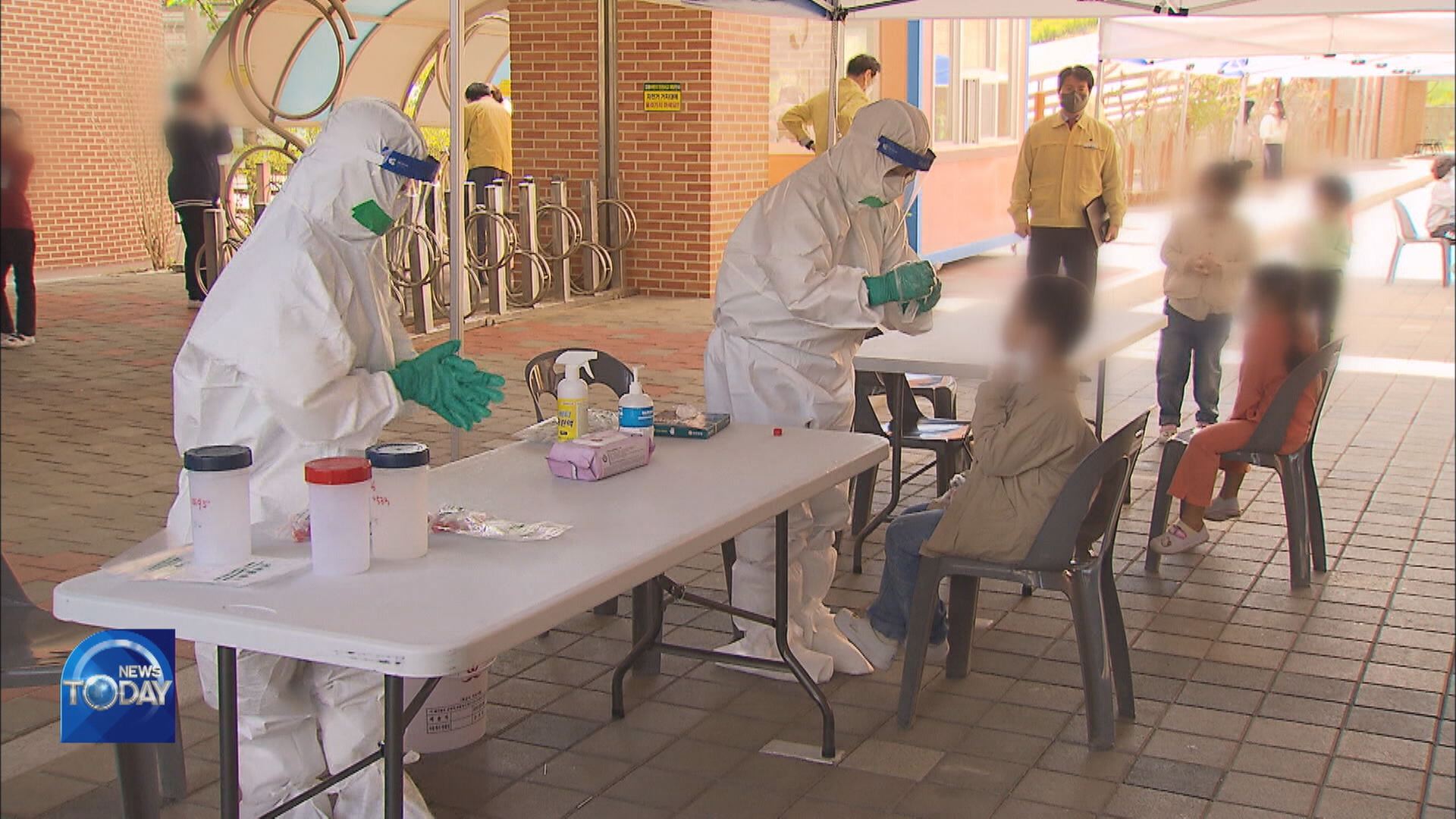

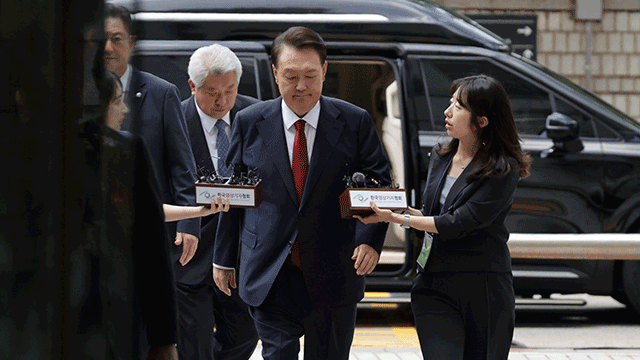
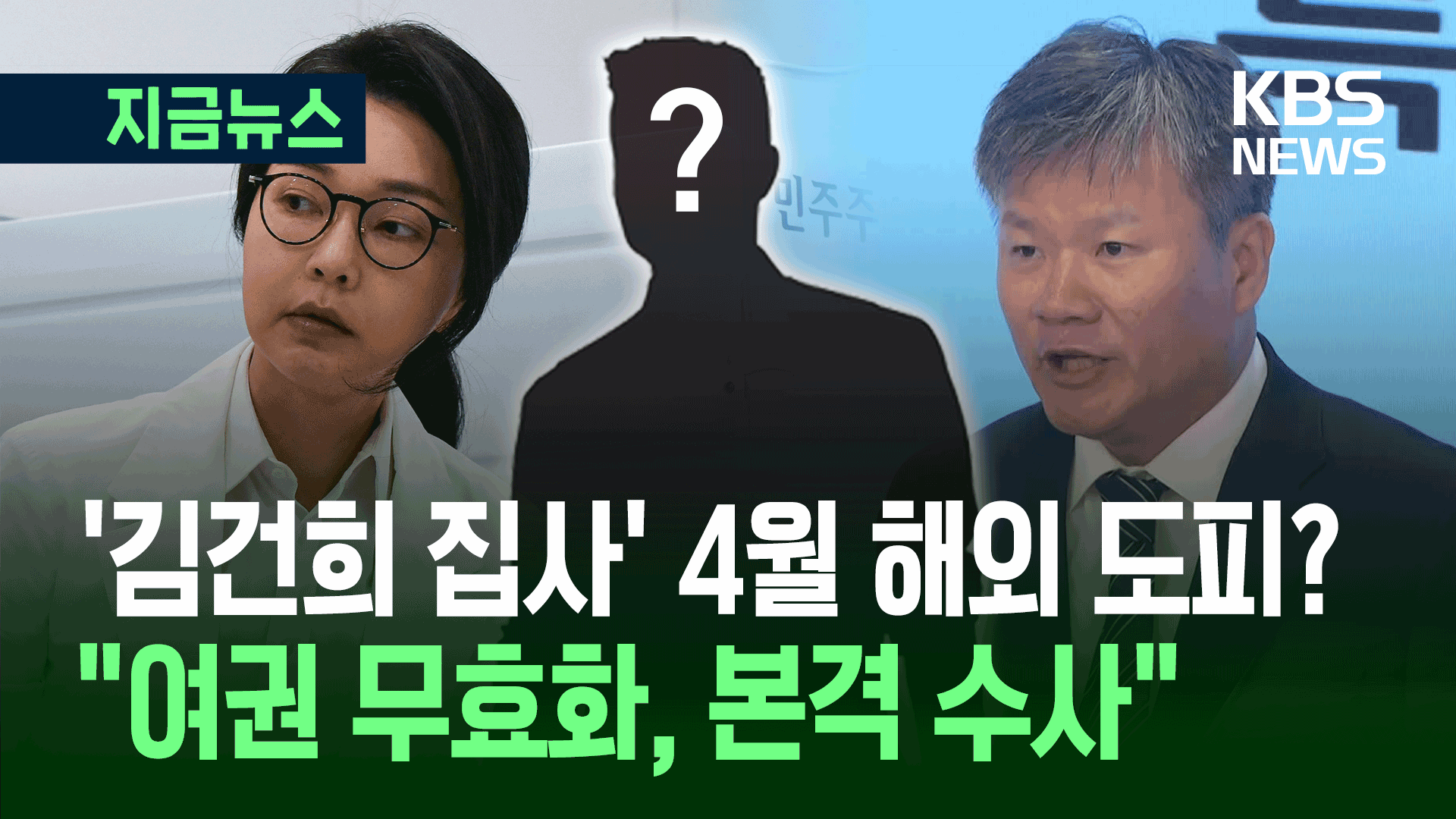
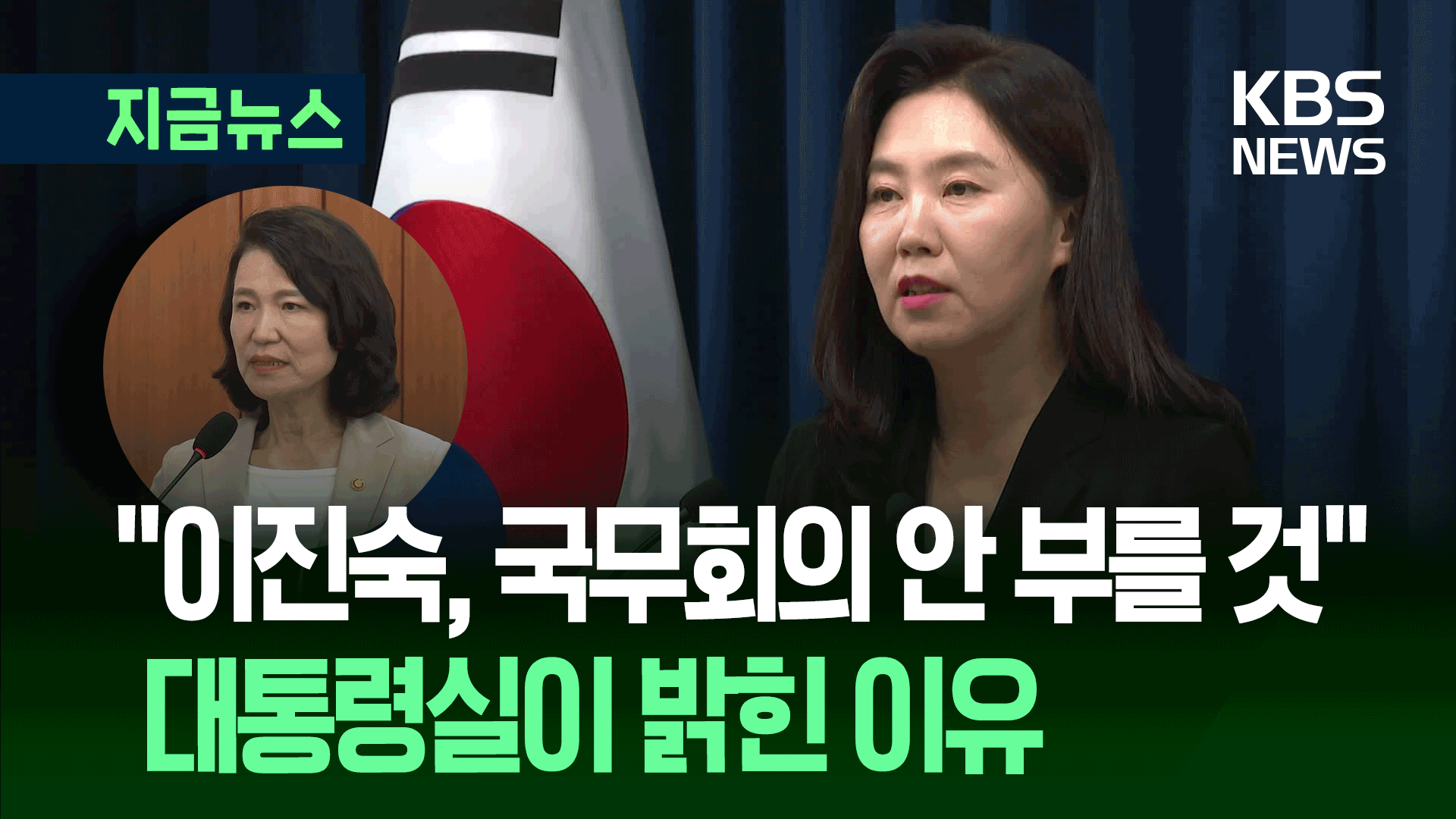
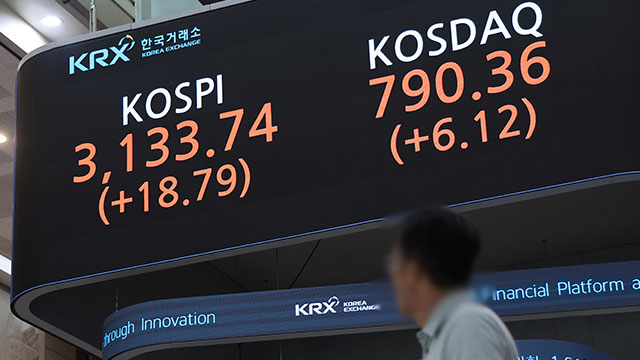

이 기사에 대한 의견을 남겨주세요.